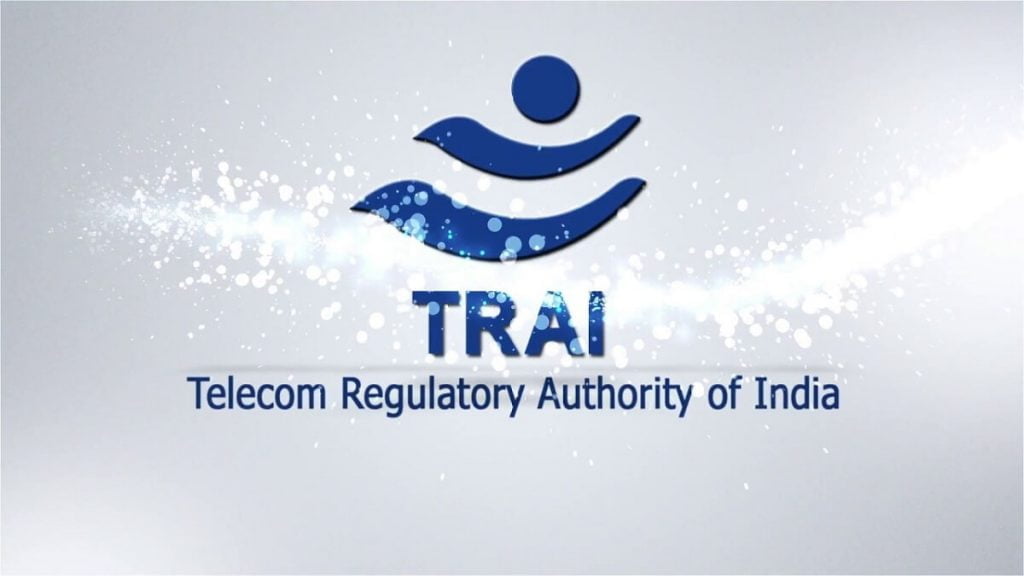One reason TRAI recommends this feature for telecom networks is that apps like Truecaller rely on crowd-sourced data, which can often be unreliable.
The Telecom Regulatory Authority of India (TRAI) has recommended that the Department of Telecommunications (DoT) mandate the implementation of caller name identification feature within telecom networks. If accepted, this recommendation would enable users to see the names of anonymous callers on their phone screen, potentially reducing the risk of financial fraud occurring over the phone.
TRAI has proposed a trial phase for Calling Name Presentation (CNAP) service in a licensed service area (LSA) with each telecom service provider’s subscriber base. After successful trials, this service will be launched across the country. The move aims to address the current reliance on apps like Truecaller, which use crowd-sourced data that can often be unreliable.
In its consultation process, TRAI highlighted the limitations of crowd-sourced caller identification services like Truecaller, noting that such data may not always be accurate. TRAI’s recommendations came after more than a year of deliberations. It emphasized that all access service providers should provide CNAP service to their customers upon request.
However, this stance differs significantly from that of telecom operators and consumer groups, who have expressed concerns over privacy and technical challenges. They argue that implementation of CNAP would require the collection of personal information from all users and a strong consent mechanism, which could increase the risk of data breaches. Additionally, telcos have also raised issues such as increase in call setup time, latency impact and handset compatibility.
To address privacy concerns, TRAI recommended that if the caller has opted for the Calling Line Identification Restriction (CLIR) feature, CNAP should not display the name of the caller, which may be accessible to ordinary customers, central intelligence officials. And available to dignitaries, but not telemarketers. This restriction ensures that telemarketers cannot take advantage of the anonymity option, thereby protecting consumers from scams, phishing, and spam.
With regard to handset compatibility, TRAI suggested that DoT should make it mandatory to include the CNAP feature in all devices sold in India from six months after the notification date. Telecom operators will rely on the Customer Application Form (CAF) for name identification and TRAI has urged DoT to provide guidelines to users to amend their name in the CAF.
Truecaller, a popular caller identification app, welcomed the recognition of caller ID to combat spam and scam calls, but said CNAP would not be able to compete with the broader services it provides to its 374 million users.
In its detailed recommendations, TRAI provided technical models to telecom companies to implement CNAP. It specifies that calls coming from 140-tier numbers or other series allotted to registered telemarketers must furnish information of the name of the subscriber entity to the called party.
Further, TRAI suggested amendment in the Unified License to incorporate new conditions related to CNAP and CNAM (Calling Name). These changes are intended to formalize the integration of CNAP into the telecommunications regulatory framework.
Overall, TRAI’s recommendations represent an important step towards enhancing the security and reliability of caller identification in India, with the aim of reducing fraud and improving user confidence in telecom services.
Follow TelecomByte for the latest Tech News, also keep up with us on Twitter, and Facebook.
